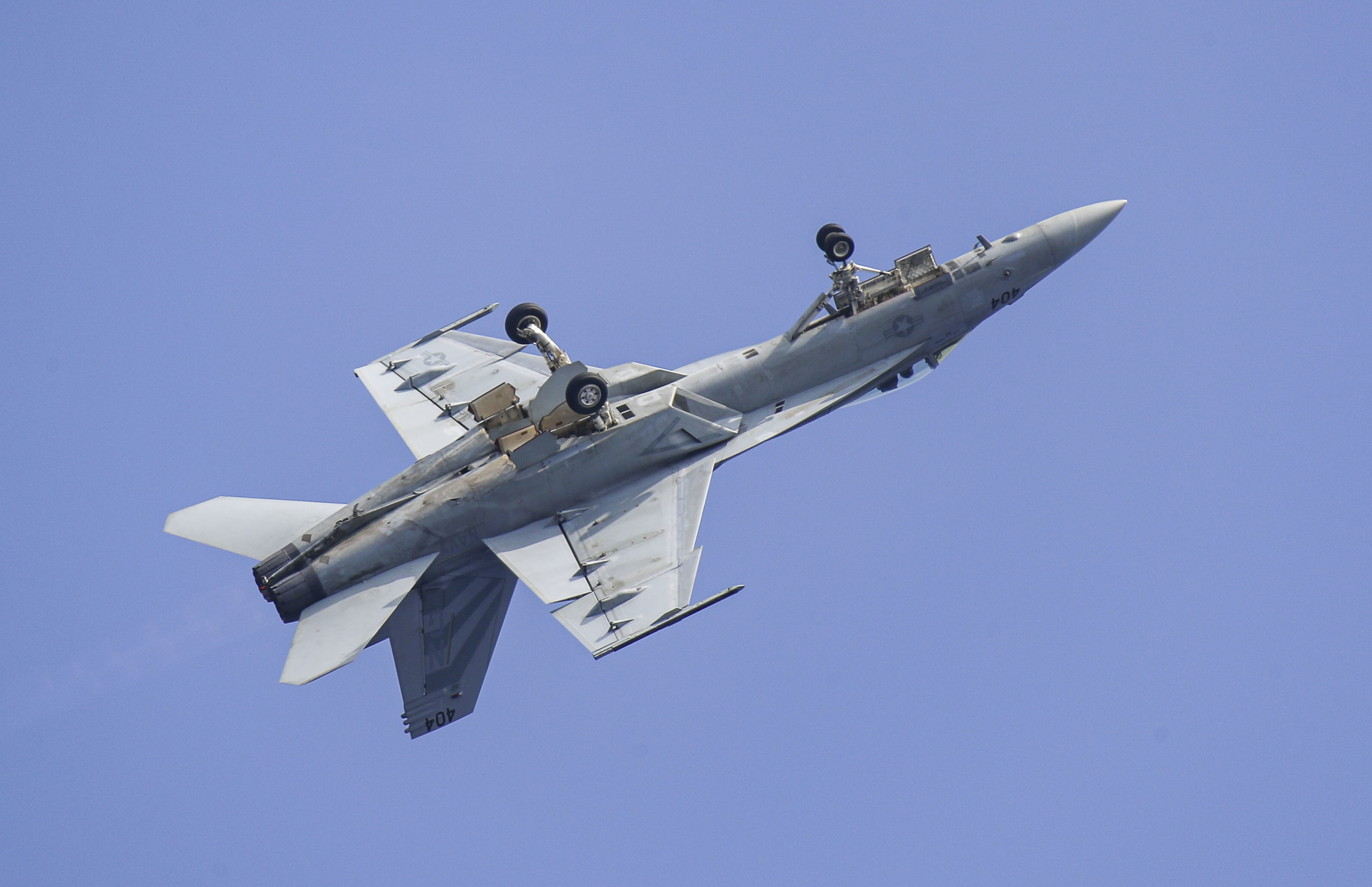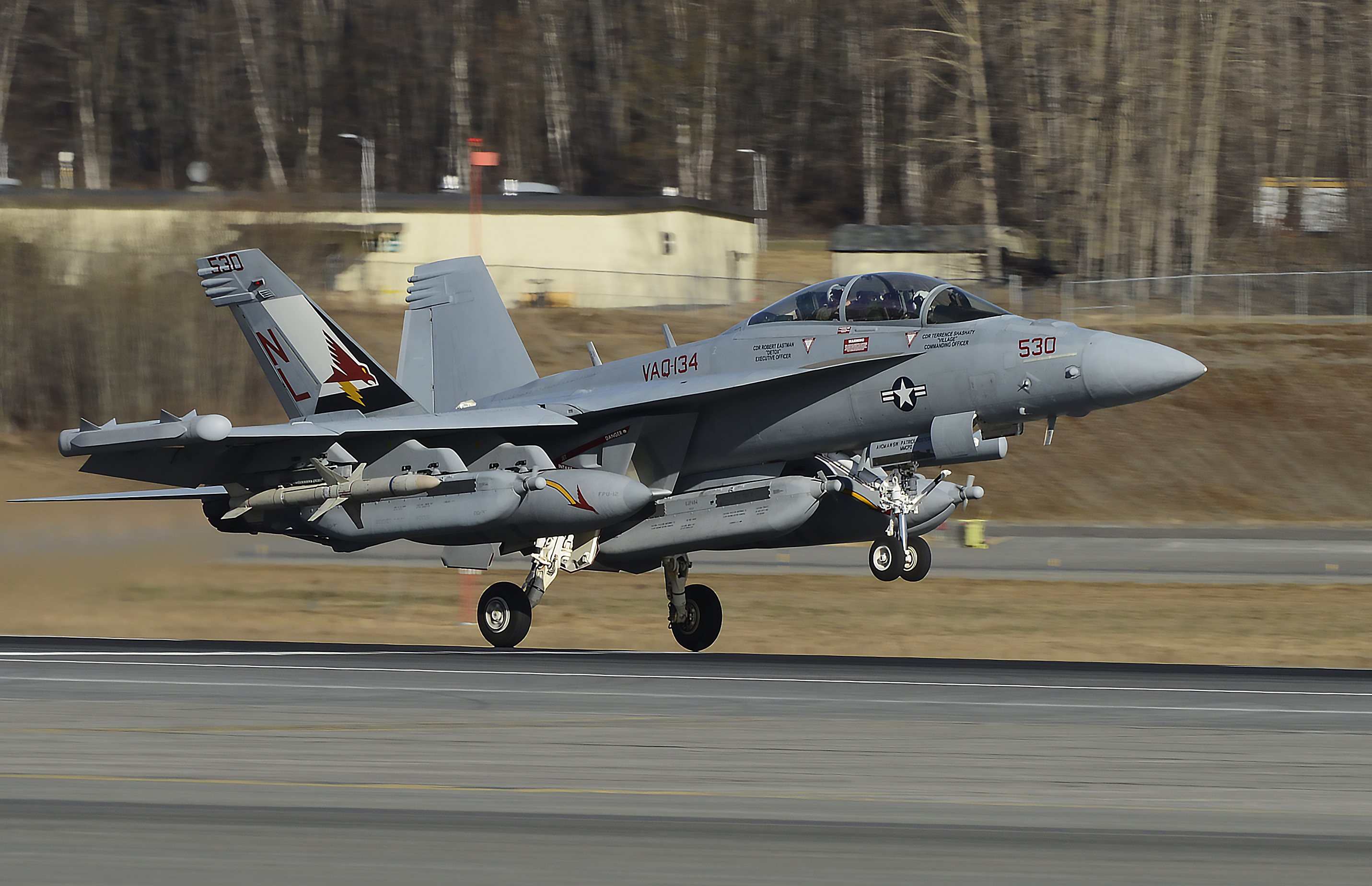An updated version of the US Congressional report on the Chinese PLA’s Navy modernization had admitted that China has the most warships in the world, and its continued capability enhancement poses a danger to the US Navy’s control of the Western Pacific.
1st Fighter Jet To Host Hypersonic Missiles – US Air Force Selects Its ‘Top Dogfighter’ For Key Strike Missions
US Navy Chief Admiral Michael Gilday said that China is an impressive military adversary that is continually improving and fulfilling its targets years ahead of schedule, putting the US Navy under pressure to respond effectively to the rising threat.
The US Navy has been trailing behind its adversaries by cutting back on its equipment and active programs. House Armed Services Committee (HASC) Chair Donald Norcross informed earlier this week that the US Navy stares at a glaring deficit of strike fighter jets.
On the other hand, the chief adversary of the US and its allies in the Indo-Pacific region, China, has been steadily upgrading its naval and maritime capability.
Keeping the tensions in the East and the South China Sea in sight, it has fielded its J-20 stealth fighters, J-16D Electronic Warfare jets that are frequent visitors to Taiwan’s air space and have now inducted Z-20 anti-submarine choppers after ‘dumping’ the Russian Ka-28.

Not just this, the Chinese PLAN recently showcased its capability to fire a hypersonic anti-ship ballistic missile, the YJ-21, from its Type 055 cruiser. The US does not have an operational hypersonic weapon yet.
China has also stationed its long-range strike weapon like the DF-26 at a location from where it could strike American assets in the Pacific.
Additionally, it has roughly 355 vessels, including major maritime warships, submarines, aircraft carriers, amphibious ships, minesweepers, and other auxiliary ships, making it the biggest Navy by fleet size in the world as has been admitted by the US itself.
The steady naval modernization of China, coupled with the tensions in the Indo-Pacific, could not bode well for the United States and its Navy. While the 7th Fleet of the US Navy housed in Japan undertakes routine Freedom of Navigation Operation, its impact fails when seen alongside a dwindling capacity against its adversary.
Further, China’s aggression and bellicose rhetoric against Taiwan have led to an escalation of tensions between Beijing and Washington. China considers Taiwan a rogue, breakaway province that it has vowed to reunite with the mainland.
The geographical proximity of Taiwan to Japan could draw the latter into the conflict and by extension of that — even the United States by being its staunchest ally and the guardian of its security. But is the US prepared?
The Dwindling Air Power Of The US Navy
According to House Armed Services Committee (HASC) Chair Donald Norcross, the $1.7 trillion F-35 Joint Strike Fighter program remains mired in unresolved issues, with all US armed services many years behind schedule in deploying their planned operating capabilities and even testing and evaluation at least five years behind schedule.
Norcross said that the F-35’s Tech Refresh 3 (TR-3) program is intended to improve the aircraft by providing a new core processor, radar upgrade, and cockpit display, however, TR-3 is also experiencing substantial delays and unresolved issues.

However, the TR-3 and Block 4 development and fielding have taken longer than expected, and TR-3, which was just re-baselined last summer, is not meeting its new schedule and has cost nearly $550 million more than expected, he said.
As a result of this, the US Navy will have to operate with significantly fewer combat fighter aircraft than it requires for the next decade, from 2031, due to the delivery of far fewer F-35 fighters than expected, as well as a reduction in the F-18 modernization program.
The US Navy’s situation is clearly in contradiction to its previous assurance that the US Navy has a well-balanced strategy in place to address a fighter shortage and prevent another in the 2030s, but several components must come together perfectly.
It was earlier learned that the strategy calls for adding 4,000 extra flight hours to existing F/A-18E/F Super Hornets, fully fielding the F-35C Joint Strike Fighter, and building the F/A-XX manned fighter for the Next Generation Air Dominance program – all while staying on time.

However, the very first lever of that strategy, the Super Hornet Service Life Modification program, has hit a snag.
The SLM program was to take Block II aircraft that have reached the end of their service life and add 4,000 additional hours of flying time, as well as upgrade them to the Block III capability set through various airframe repairs and the installation of an improved cockpit. Super Hornets represent US Navy’s all-purpose workhorses and are used widely on its carriers.
On the other hand, the Joint Strike fighter jet, the F-35 program leadership pledged that the existing and troublesome ALIS logistical support program would be fully transitioned to the new ODIN maintenance system by December 2022, but that is no longer happening.
“The Navy now informs us their strike-fighter shortfall will not be resolved until 6 years later [than planned] in 2031 because of further unplanned reductions in F-35 purchases and reduced aircraft inductions into the F-18 modification program,” Norcross said.
Cutting-Out Capability?
In another development, the US plans to retire the EA-18G Growlers, a powerful EW aircraft, while China has improved its electronic warfare (EW) capabilities in recent years.
The US Navy recently announced that all five non-carrier-based Growler squadrons, totaling 25 aircraft, will be decommissioned which would be a third of the department’s tactical jet electronic attack force which is in place now.
The service plans to dismantle the whole expeditionary VAQ (electronic attack squadron) that supports US Air Force and Navy shore-based activities.

This decision comes at a time when China is beefing up its electronic assault capability, with two J-16D aircraft, the electronic-warfare variant of the J-16 multirole attack fighter, flying into Taiwan’s air defense zone for the first time in January.
The J-16D is one of the People’s Liberation Army’s most advanced warplanes, and its ability to tamper with opposing defense radar systems might mean the difference between victory and defeat in battle. This Chinese EW plane is frequently compared to the US EA-18G Growler electronic assault fighter.
Some observers in the United States are also concerned about China’s naval shipbuilding capability. The number of ships in the PLA Navy is expected to reach 420 by 2025 and 460 by 2030, according to the Pentagon.
China is also preparing to build its third indigenously developed aircraft carrier, which will be equipped with an improved catapult-launch system to boost its maritime capabilities. According to SCMP, a fourth aircraft carrier with nuclear weapons capability is also in the works.
- Contact the author at sakshi.tiwari9555@gmail.com
- Follow EurAsian Times on Google News




